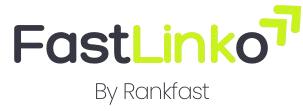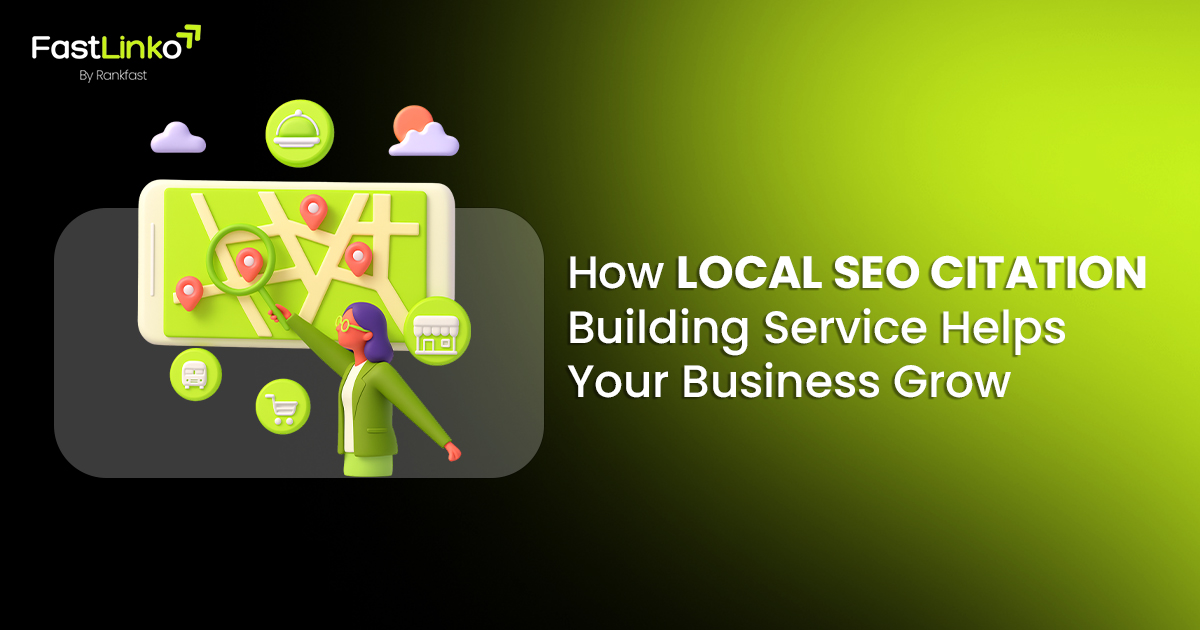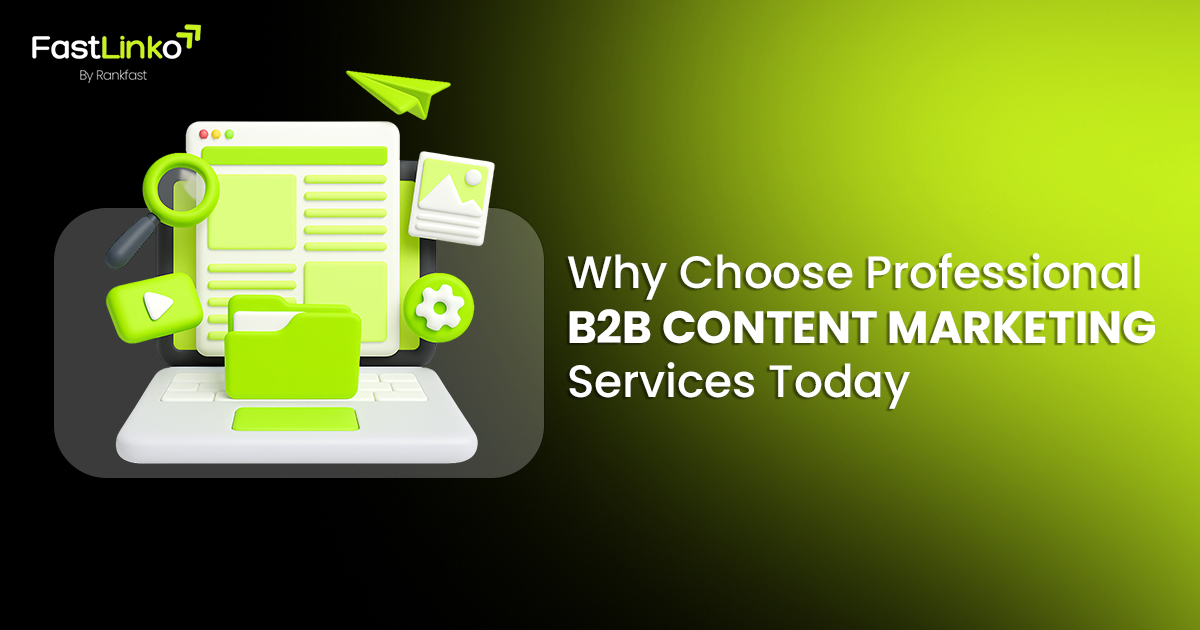
Advanced Ecommerce Link Building Strategies for Online Success
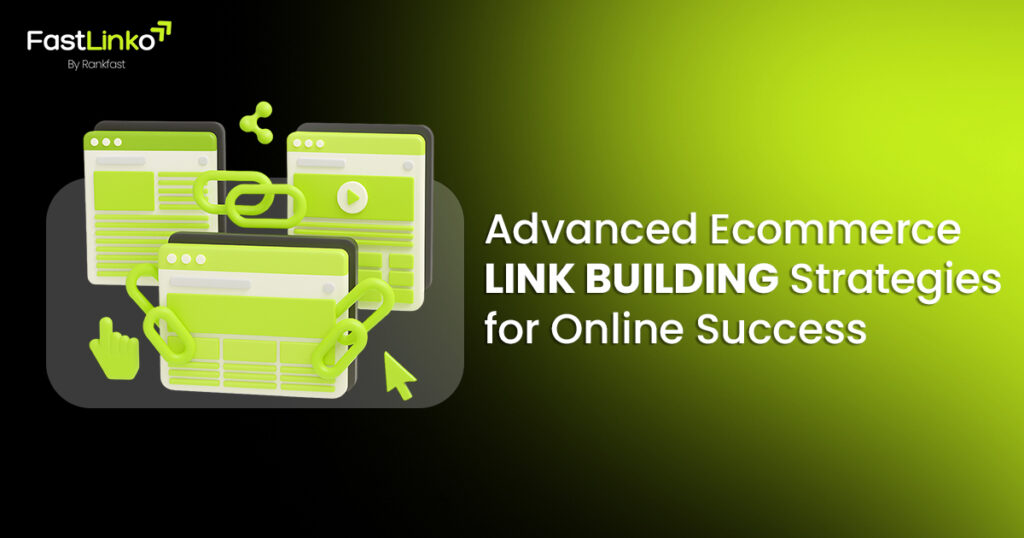
About Author
Recent post
How Local SEO Citation Building Service Helps Your Business Grow
Why Choose Professional B2B Content Marketing Services Today
Top Press Release Marketing Tips to Gain Media Attention Fast
Best Guest Posting Service Provider for High Authority Backlinks
Categories
Once, online platforms used bulk guest posts and coupon links to signal relevance.
Today, search engines discount most of these low-value backlinks. Ecommerce link building strategies continue to evolve with technology.
Ecommerce SEO strategy and ecommerce marketing varies across industries. SaaS platforms naturally attract quality backlinks for ecommerce with research, whitepapers and resources. Online stores operate through product and category pages. They are designed to sell, not to inform people at a large scale. These pages rarely attract links on their own.
For these businesses, link building isn’t just about gathering backlinks anymore. It’s about creating a flow of authority from trusted external sources into a website. The authority created is used to internally support product visibility. It sits at the core of ecommerce SEO strategies.
In this blog, we’ll examine advanced ecommerce link building strategies and SEO for ecommerce growth. Explore Ecommerce Link Building Strategies to Boost Online Visibility with this blog.
Why Link Building Matters
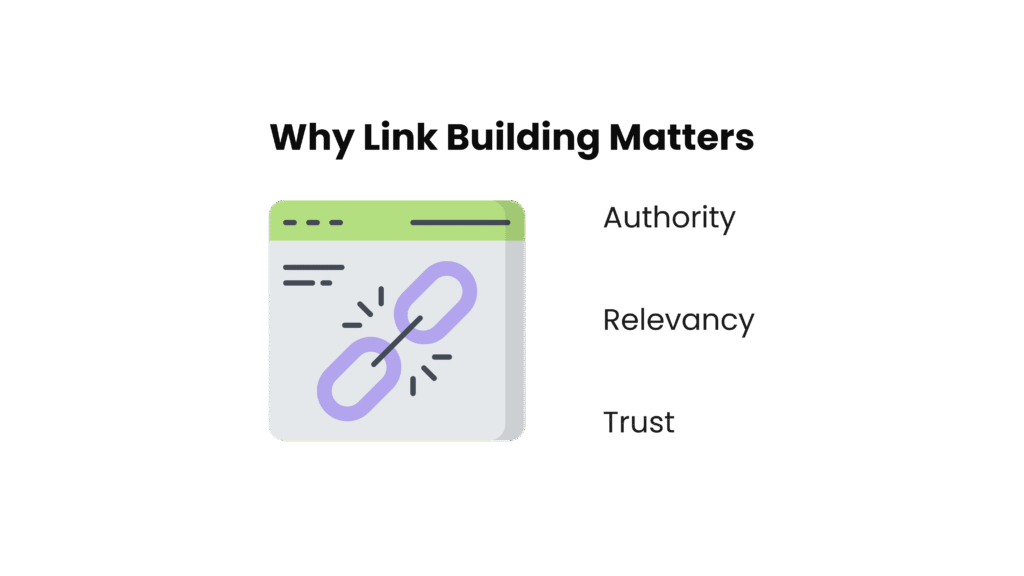
Most eCommerce product pages rarely earn links on their own.
Journalists, bloggers, and publishers avoid eCommerce pages because they don’t offer standalone value. The workaround for underperforming pages is effective yet subtle.
A strong eCommerce SEO strategy builds linkable assets around questions, data, or comparison. It uses the insights from research to generate traffic and reliability. The gained authority then funnels into different categories and products. This indirect flow is the backbone of serious eCommerce SEO.
This creates a unique challenge for online stores. They use link building for the following reasons:
- An ecommerce site may have thousands of product and category pages. All of these pages compete online for visibility. Securing direct backlinks for each one of these products and categories is practically impossible. The real challenge is scale.
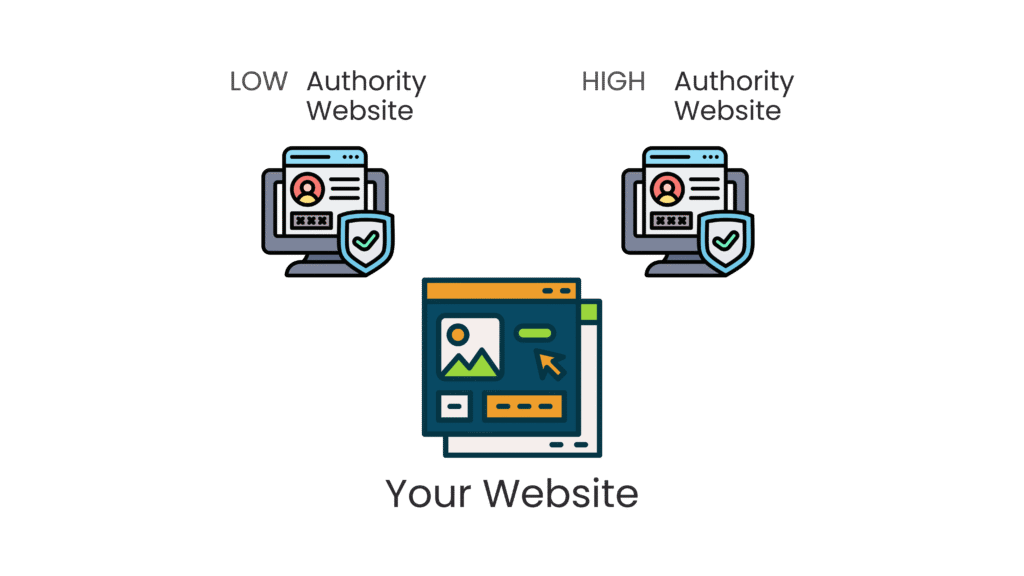
Instead, links are earned through supporting content like buying guides, comparisons, industry resources. Then, they are passed down through smart internal linking. The way authority travels across the website and its structure determines which commercial pages rank on better positions.
- Another factor is backlink distribution. Many stores end up with an inefficient profile when it comes to link-building. Most of the time, 80–90% of external links point to the respective website’s homepage.
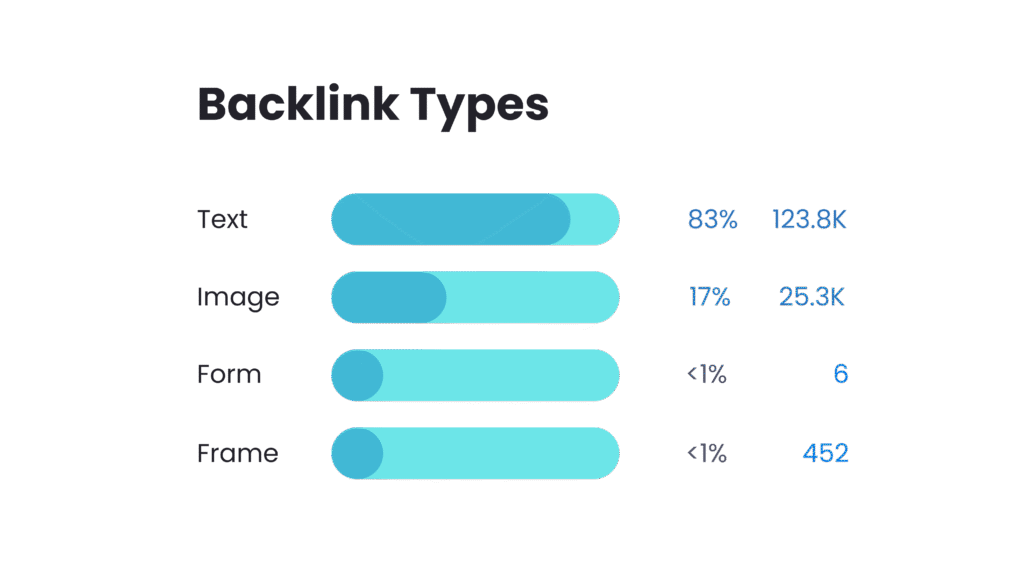
While this builds domain trust, it leaves your deeper pages heavily under-optimised. A balanced link profile divides authority equitably, and assures that it reaches category hubs and key products. Regulated backlink distribution is very effective for long-term growth.
In short, ecommerce link building is less about collecting backlinks in bulk and more about directing authority to the right places. Without this balance, ranking eCommerce related transactional queries is difficult, no matter how many links you earn.
Measuring Link Building Effectiveness
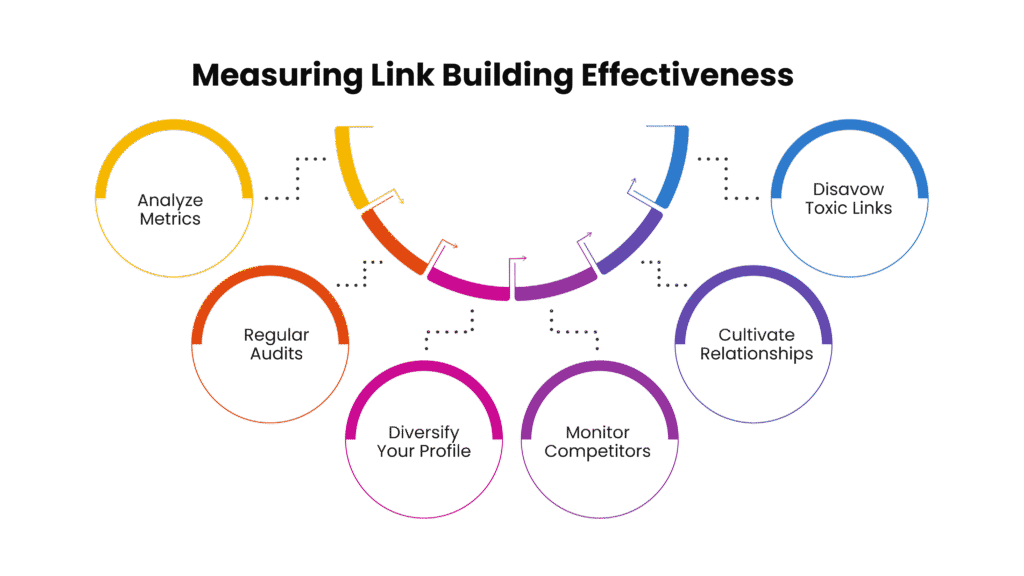
Not all backlinks deliver equal value. Some boost visibility while others simply sit unnoticed.
For ecommerce, the real question is not the number of links you build. What matters is the kind of impact they create on search and sales. Brands can track link-building specialists with many metrics like search rankings, customer journeys, and ultimately, sales.
Some common ways to check the effectiveness of link building are:
- Track Keyword Improvements At The Category And Product Level.
For ecommerce sites, rankings for category keywords like “men’s running shoes” drive more traffic than generic brand terms. Monitoring these rankings and their shifts after link acquisition can easily show where the authority is flowing.
- Mapping Referral Traffic To Conversions.
The objective of a backlink is to invite visitors to your product. But, if those users don’t buy or engage, the value of backlinks fails. This prospect intent issue can be easily fixed by mapping referral traffic to conversions. Advanced tracking connects referral sources to on-site behaviour. This highlights which placements actually influence revenue and present high sale value categories to push their growth.
- Separate Correlation From Causation.
Finally, it’s essential to separate correlation from causation. Ecommerce rankings are influenced by multiple variables. From seasonal buying patterns, technical fixes, site speed improvements, to even a simultaneous paid campaign, anything can affect your brand’s performance. Treating link building ROI as a multi-factor analysis instead of a single variable helps avoid such false positives.
Along with rankings, metrics like keyword rankings, referral behaviour, and conversions reveal which strategies actually push revenue-generating pages forward. By treating these metrics as individual inputs to link building builds a clearer, reliable view of SEO performance.
This way, link-building investments contribute directly to sustainable ecommerce growth. Therefore, link building ensures all your SEO investments are tied to long-term ecommerce SEO growth.
Advanced Ecommerce Link Building Strategies
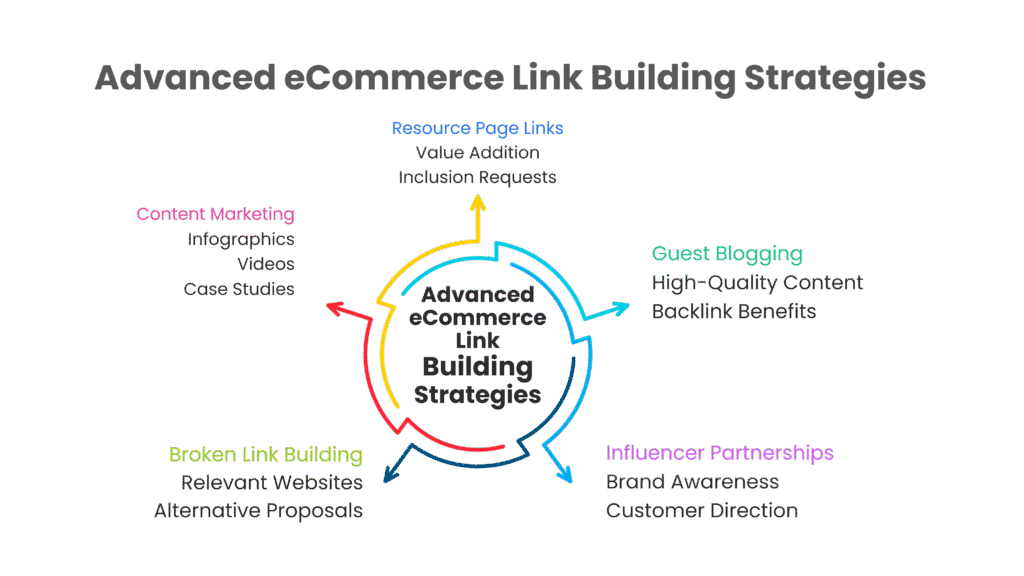
Traditional backlink practices like generic guest posts or random blog mentions are irrelevant now. They don’t create meaningful edges for ecommerce sites anymore.
What matters today is precision.
Backlinks map directly to the way users search, shop, and compare products online. Instead of scattering your eCommerce efforts, advanced strategies focus on scalable categories, data-led campaigns, and untapped relationship networks. The purpose of backlink-building strategies is clear. They aim to develop an online command and authority that trickles down across thousands of product pages, not just inflating your homepage metrics.
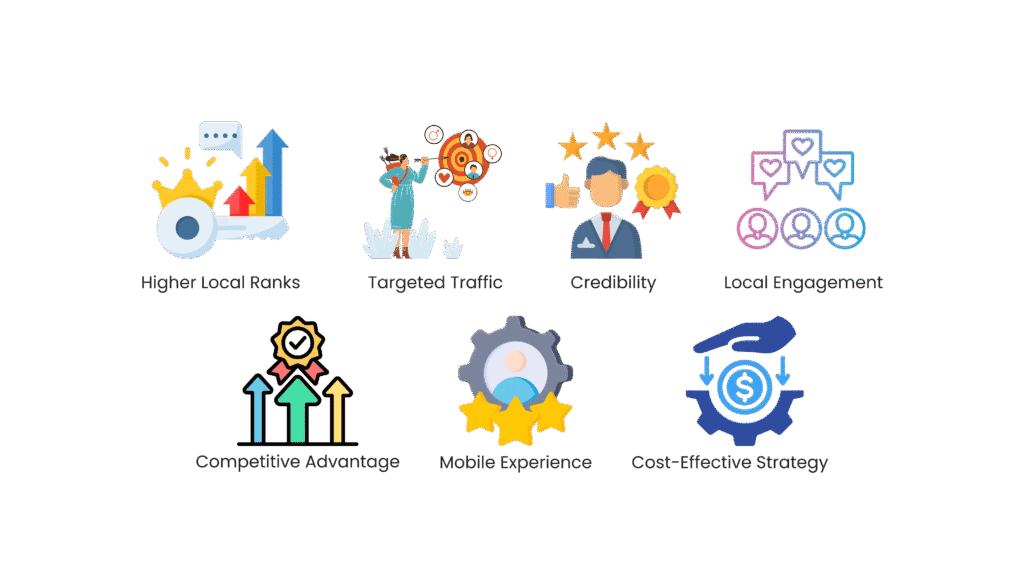
The following approaches show how ecommerce brands can go beyond the basics. These advanced link building strategies can be used to create link ecosystems that actually sustain visibility and sales:
- Category-Level Authority Building
Category pages are the battleground for backlink building.
While individual products rotate with seasonality or stock, categories stay constant and keep scaling across hundreds of related searches. That’s why they are the most reliable targets for link equity. However, category pages aren’t naturally linkable. To attract authority, they must be expanded into resources.
Category and product pages are anchored with buyer guides, product comparisons, and FAQs to serve both algorithms and users. When built this way, categories evolve from simple collections into trusted selections.
- Publisher & Industry Platform Outreach
Trade publications and niche blogs are more relevant than the average “high Domain Authority” websites. These sources sit inside the knowledge networks that shape buyer perception.
A backlink from a leading retail trade journal or a respected niche blog doesn’t just work for SEO. It depicts relevance for the exact audience segment your products aim to reach.
Topical authority is much more important than domain metrics. Now, Google values context over raw numbers. Building connections with editors, aligning with industry calendars, and contributing useful insights turns outreach into a reputational asset, not just a backlink tactic.
- Data-Driven PR Campaigns
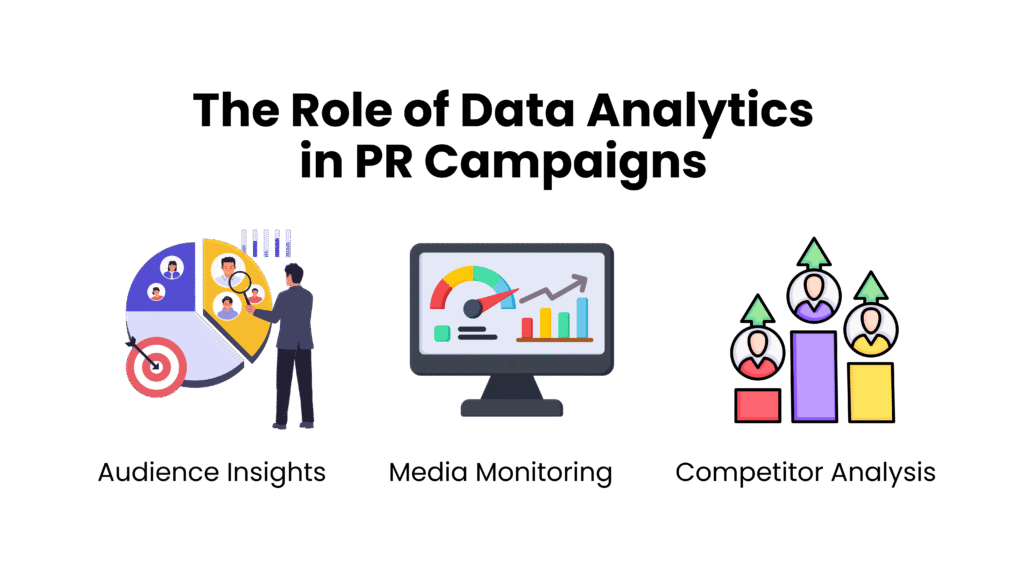
Ecommerce brands sit on a goldmine of insights, hidden in their sales data. Journalists seek fresh numbers to validate their stories. Proprietary data offers exactly that. Turning seasonal spikes, product trends, or shifting buyer behavior into PR assets creates highly linkable content for your brand.
These insights carry greater editorial weight for your publications because they are exclusive to your business . Timed well, such campaigns convert raw transactions into authoritative backlinks and long-term visibility.
- Influencer-Backed Link Acquisition
Influencers can also be a steady link source. Micro-influencers in niche markets have personal blogs or small media sites where their content stays live for years. A feature or review on these platforms is more durable than a fleeting social post.
They present your content as a permanent backlink that keeps sending authority, long after the campaign ends. Collaborations with influencers should focus on communicating so you can gain follow links rather than empty brand mentions. This means co-creating guides, publishing interviews, or sponsoring deep-dive reviews where your products naturally fit.
Influencer backed links combine credibility with sustainability. They create backlinks from authentic voices, in exactly the spaces your buyers trust.
- Supplier, Distributor & Partner Links
B2B ecosystems are the most underused assets in ecommerce link building. Every supplier, distributor, and partner maintains digital properties like product catalogues, brand pages, case studies.
These materials carry strong authority within their industries. Securing backlinks from such reliable pages creates natural, context-rich signals that Google values.
Unlike generic outreach, these links are embedded in organic commercial relationships. Thus making them both durable and credible. Yet many businesses focus on public platforms.
Tapping into your existing B2B network strengthens authority where it matters most: within the ecosystem that already validates your brand’s legitimacy.
- Niche & Local Directories
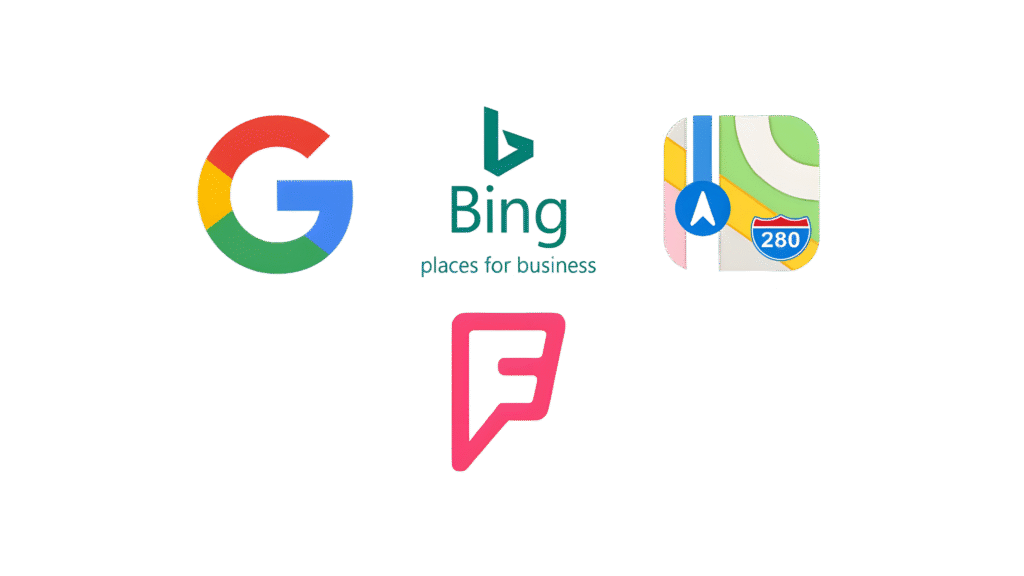
Curated directories, whether local or niche, remain as a reliable pillar of ecommerce link building.
Unlike broad business listings, niche or location-specific directories filter audiences by intent. A listing in a specialised directory like eco-friendly products, medical supplies, or regional trade associations, carries both topical and local relevance.
These placements act as discovery points for buyers while signalling authority to search engines. Their value does not lie in quantity but precision instead.
A handful of trusted directories tied to your product category or geography can drive qualified traffic and strengthen local SEO. For ecommerce, this pushes for visibility where purchase intent already exists.
Each of these strategies has one thing in common. They are deliberate, structured, and business oriented. Whether it’s category-level authority, reclaiming lost links, or turning supplier relationships into SEO assets. The focus of your seo strategy should be developing lasting equity not link count.
Ecommerce link building only scales when every acquired backlink feeds into the larger ecosystem of categories, products, and customer journeys.
Takeaway
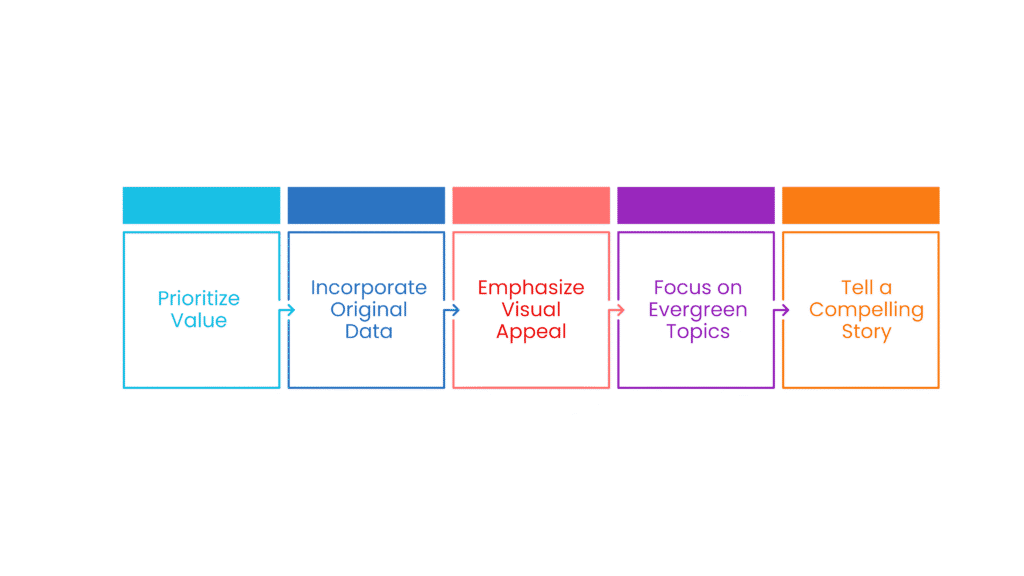
Ecommerce link building in 2025 is all about building structured authority.
Product pages rarely attract backlinks alone. The real strategy of ecommerce marketing lies in surrounding your category and product pages with resources, research, and relationships.
These resources actively earn citations and funnel trust into commercial hubs.
Category pages act as scalable anchors. Data-driven PR creates stories journalists are willing to cite. Influencers and partners extend authority into spaces that buyers already trust and use. Finally, supplier or directory links strengthen a website’s position within its own stakeholder ecosystem.
Measuring the success of link-building demands the same precision. More than tracking whether authority reaches the right pages, link-building focuses on driving qualified traffic for websites based on their target audience. Rather than stopping at domain metrics like most SEO metrics, link building also supports sales.
When catered to business objectives, link ecosystems outlast campaigns. They turn unorganised backlinks into a credible, systematic framework.
Link-building sustains rankings, visibility, and conversions. For ecommerce, link building is now a foundation for long-term digital growth.
FAQs
What are advanced link building strategies for ecommerce websites?
Advanced strategies for ecommerce link building include product reviews, influencer collaborations, guest posting, digital PR, and niche directories. Valuable resources like buying guides or data reports also attract backlinks naturally. These strategies focus on creating quality and relevance, improving SEO performance and brand authority.
How can ecommerce stores earn backlinks naturally?
Stores earn natural backlinks by drafting shareable content like product comparisons, buying guides, or trend reports. Offering unique data or insights also gains organic mentions. Partnerships, collaborations, community engagement, and customer experiences increase the chances of being cited without outreach.
How can ecommerce businesses measure link building success?
Success in link building is measured by improved keyword rankings, organic traffic growth, referral visits, and conversions. Tracking domain authority, link quality, and indexation also measure link performance. Ecommerce businesses should examine both, SEO gains and actual sales impact for businesses overall growth.
What are common mistakes in ecommerce link building?
Common mistakes involve purchasing low-quality backlinks, overusing match anchors, and targeting irrelevant sites. These practices risk penalties and harm rankings. Ignoring link monitoring or failing to diversify link sources also weakens campaigns.
How do backlinks impact ecommerce SEO rankings?
Backlinks signal authority to search engines. When high-quality websites link to product or category pages, their search rankings improve. Better rankings translate to increased organic traffic. It also means higher chances of converting visitors into customers. For ecommerce, backlinks directly connect visibility with sales growth.
- Your cart is empty Browse Shop
DISCUSS NEW PROJECT OR JUST TO SAY HELLO GET IN TOUCH WITH US
info@Fastlinko.com
+91-9990725969
200 Park Home Avenue
M2R 1A2 North York, ON, Canada
© Fastlinko 2025 . All rights reserved, Rankfast

